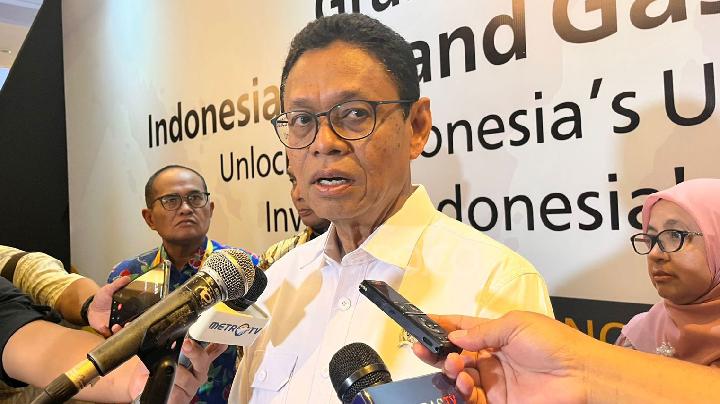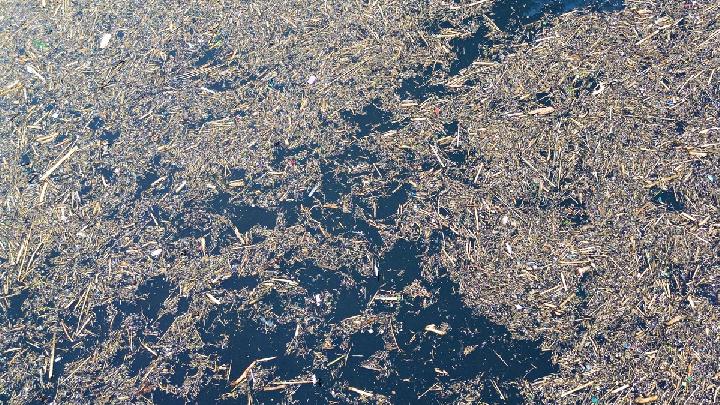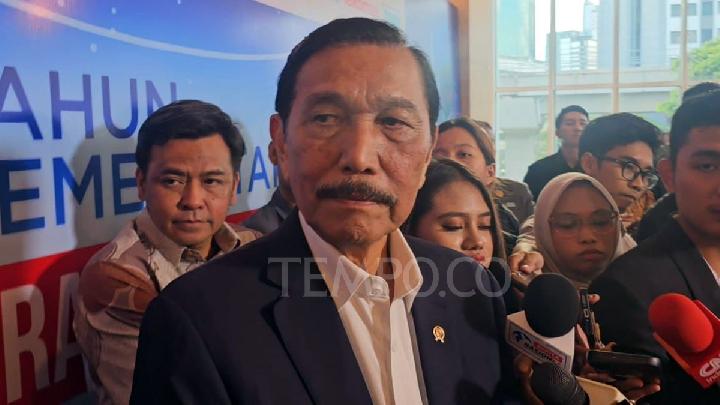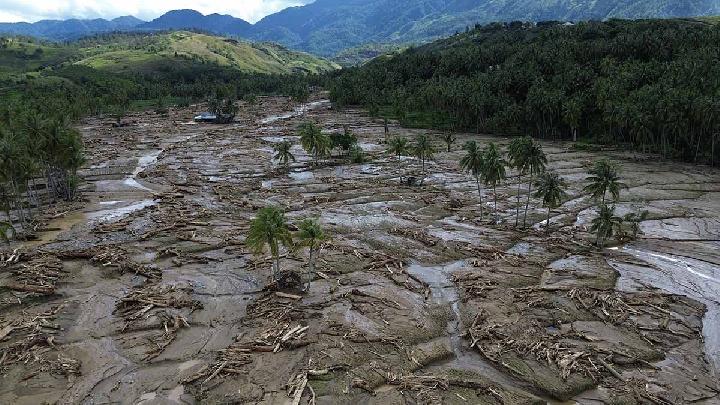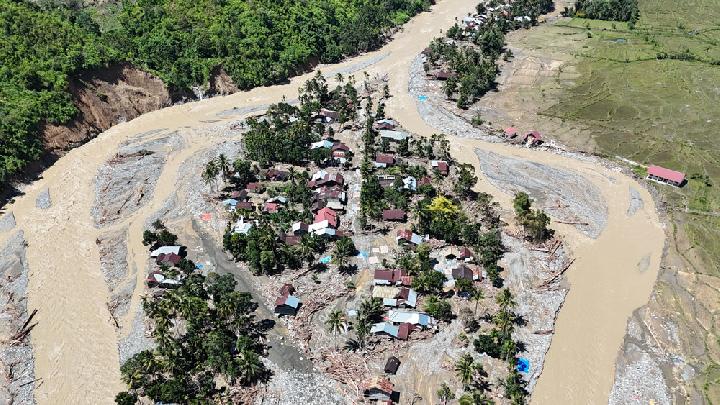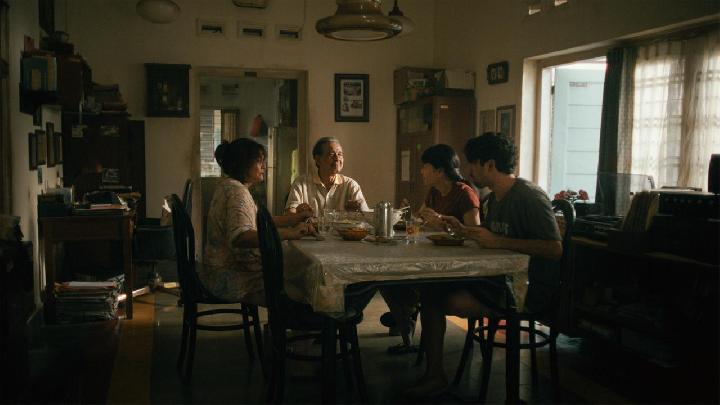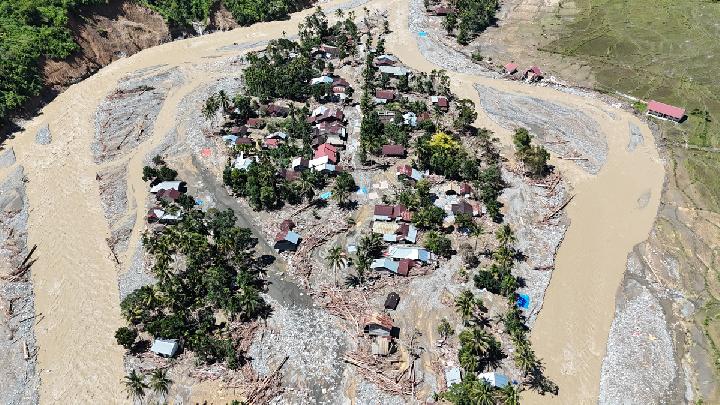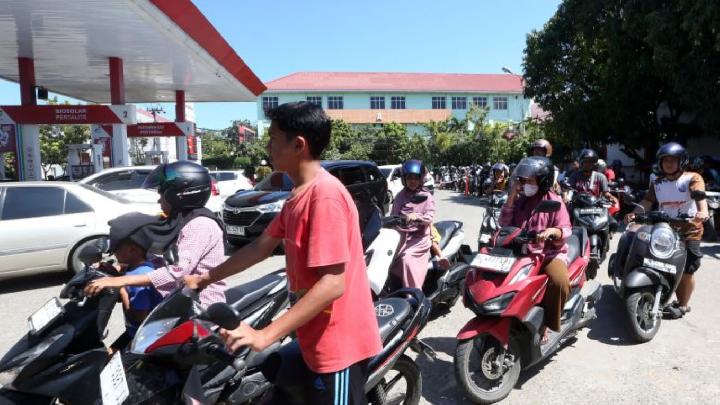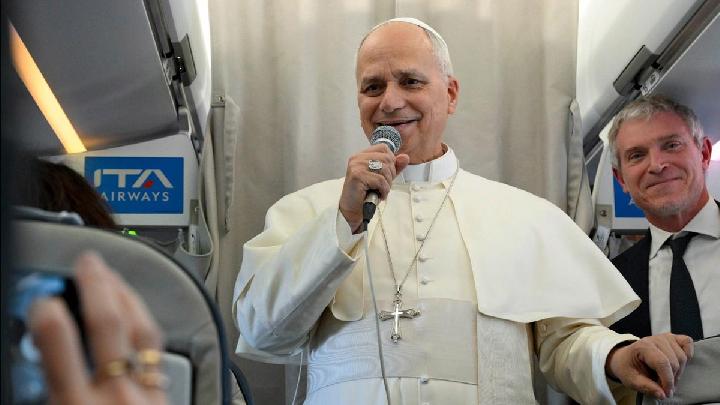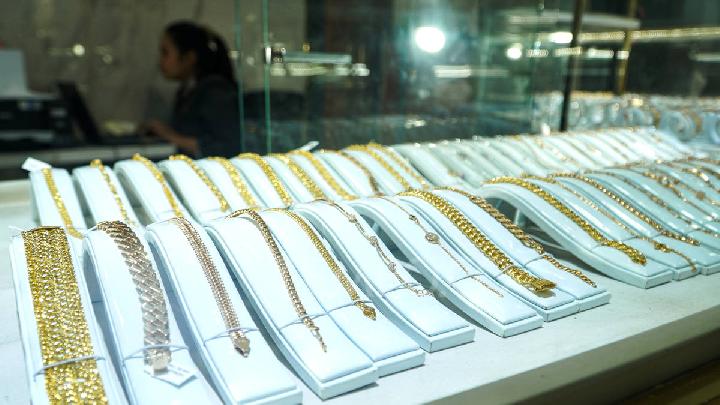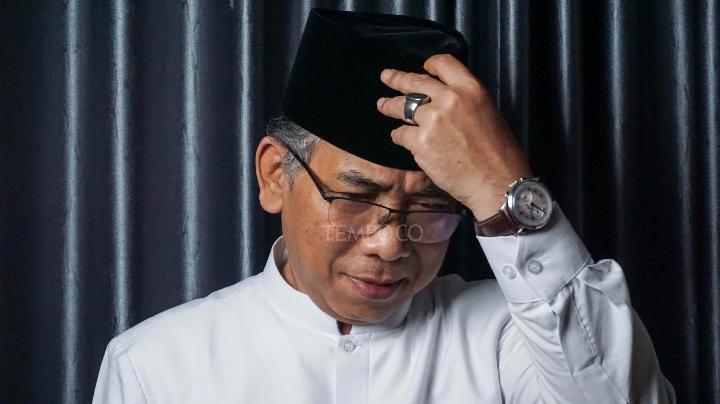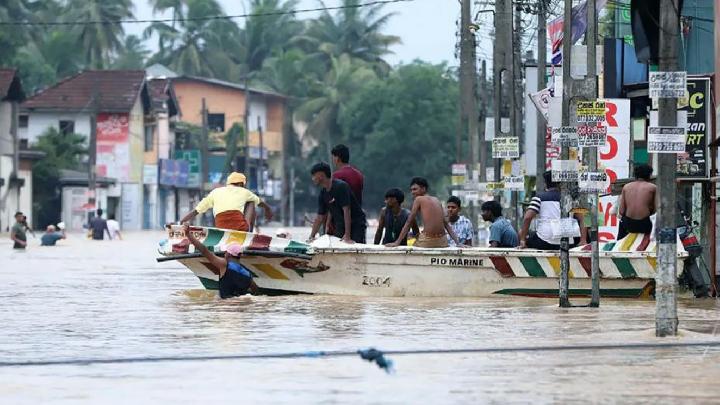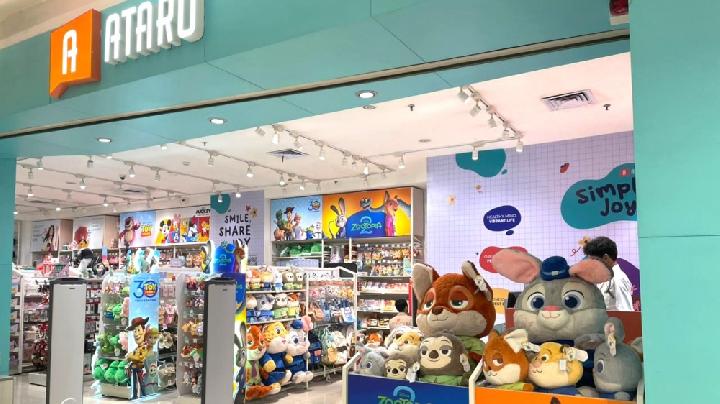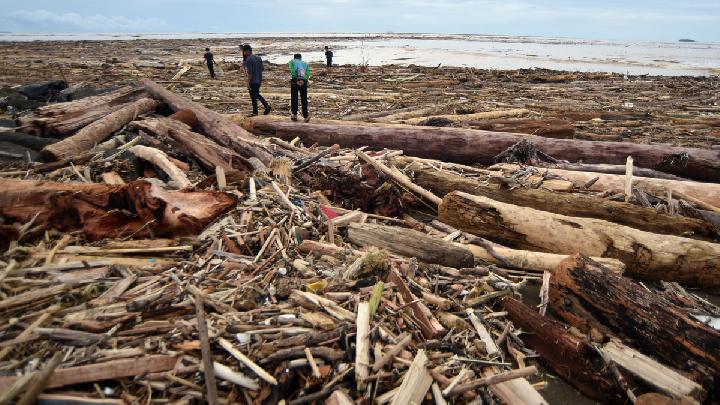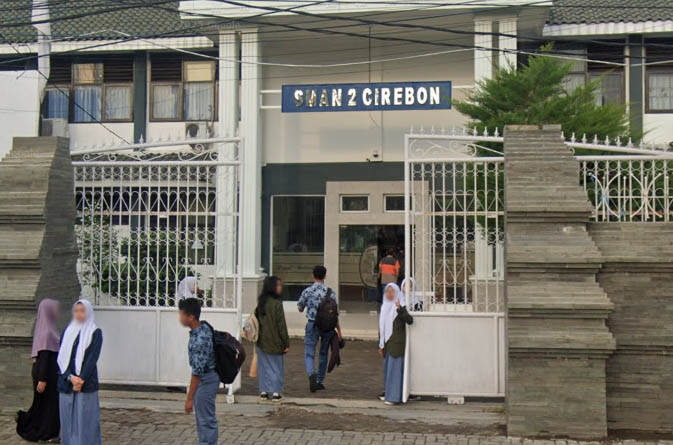TEMPO.CO, Jakarta - The government plans to prepare Galang Island in the Riau Islands as a treatment center for 2,000 Gaza residents. One of the selected locations is the Special Infectious Disease Hospital (RSKI) for COVID-19, situated in the Camp Vietnam tourist area on Galang Island.
On Monday, August 11, 2025, Tempo visited the former Vietnamese refugee camp, which spans about 8 hectares, part of which is now used for the RSKI.
That afternoon, the rain had just subsided. The lush forest in the Camp Vietnam area, located in Kampung Sijantung, Galang Island, remained damp. Two security officers from the Batam Security Directorate were on duty at the entrance to the tourist area.
On the wall of the post, entrance fees were listed: Rp5,000 per person, Rp5,000 for motorcycles, Rp10,000 for sedans, Rp20,000 for minibuses, and Rp50,000 for buses. The site is managed by the Batam Authority.
Abu Nawas, an officer from the Batam Security Directorate, came out of the post and acted as a guide. Using the visitor’s vehicle, he led a tour of Camp Vietnam while explaining its history. He also pointed out important sites, though many have not withstood the test of time.
Camp Vietnam Location
Camp Vietnam, the former Vietnamese refugee camp, is located on the east coast of Galang Island, Batam City, 60 kilometers from the city center. Visitors reach it by crossing the Barelang Bridge and passing through Rempang Island.
The site is located directly beside the road. A signboard reading “Camp Vietnam Tourism” marks the entrance. Before arriving at the gate, visitors pass through Sijantung, one of the old villages on Galang Island.
Upon entry, a straight paved road greets visitors, flanked by forest on both sides. “That was the road from Melur Beach, where refugees first landed,” Abu said, pointing to a blocked road no longer in use.
An abandoned white building stood nearby. Its ceiling had fallen in parts, the walls were damaged, and the yard was overgrown with vines. “This used to be the refugee hospital; this is how it looks now,” Abu explained.
Further ahead, no buildings were visible. Abu said that dense bushes now cover areas that once housed refugee homes, markets, and facilities. “The only evidence that remains can be found in photos at the museum,” he added.
Refugee Cemetery
Before reaching the Camp Vietnam Museum, the tour stopped at the cemetery of Vietnamese refugees who died on Galang Island. Located on the left side of the road near the entrance, the site is marked by a tall white gate with the inscription: “In memory of the Vietnamese refugee cemetery on Galang Batam in 1980.”
Other inscriptions on the gateposts read: “Bodhisattva Ksitigarbha is the Leader of the Galang Cemetery,” written in three languages. A stone inside the cemetery bore the words: “Dedicated to the refugees who died during their journey to freedom.”
According to Abu, the site also contains the grave of a local Galang resident, as well as Cambodian refugees. “This is not only a Vietnamese refugee cemetery but also a Cambodian one,” he said, though he was unsure how many of the 250,000 refugees were Cambodian.
Nearby stood the unfinished structure of the Protestant Tin Lanh Church, with only columns and a roof in place. “It is still under repair,” Abu explained.
Camp Vietnam Museum
After a 15-minute ride, the tour arrived at the Camp Vietnam Museum. A concrete replica of the ship that brought refugees to Galang Island stood outside, painted black, blue, and red.
A few monkeys perched on the replica. “This ship has been rebuilt. Only two percent is original, and it was reconstructed based on photos of the actual vessel,” explained a man of Flores and Sulawesi descent.
Across from the ship were two antique vehicles, a Jeep and a Mercy Bagong, used by the UNHCR during refugee operations. Behind them stood the nearly collapsed Brimob prison building, now unsafe for visitors.
Inside the museum, thousands of artifacts and photographs document life at Camp Vietnam between 1979 and 1996, when approximately 250,000 refugees sought asylum.
Transformed into the COVID-19 RSKI
Some of the refugee houses have been renovated and converted into the Special Infectious Disease Hospital (RSKI) for COVID-19. The barrack-style buildings were painted white with new blue roofs. Entry to the hospital area is restricted due to tight security.
Abu explained that visitor numbers to Camp Vietnam dropped significantly after the COVID-19 pandemic.
“There used to be tens of thousands, but now only about a thousand per month, mostly from Friday to Sunday,” he said.
Despite this, refugees from abroad still visit annually, and religious events continue to be held at the surviving places of worship.
Editor’s Choice: Indonesia Has Never Negotiated with Israel Over Gaza Evacuation: Foreign Minister
Click here to get the latest news updates from Tempo on Google News

